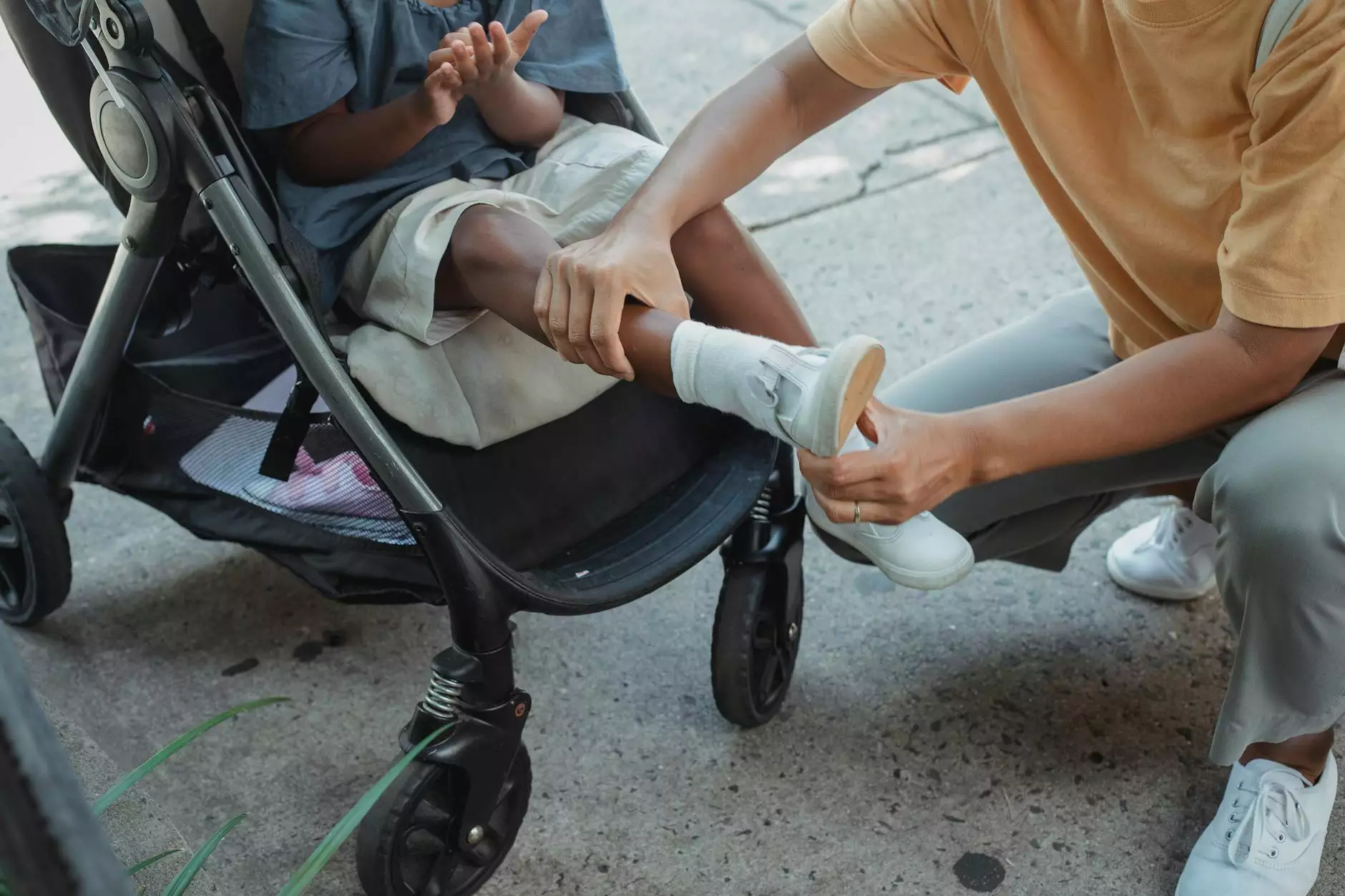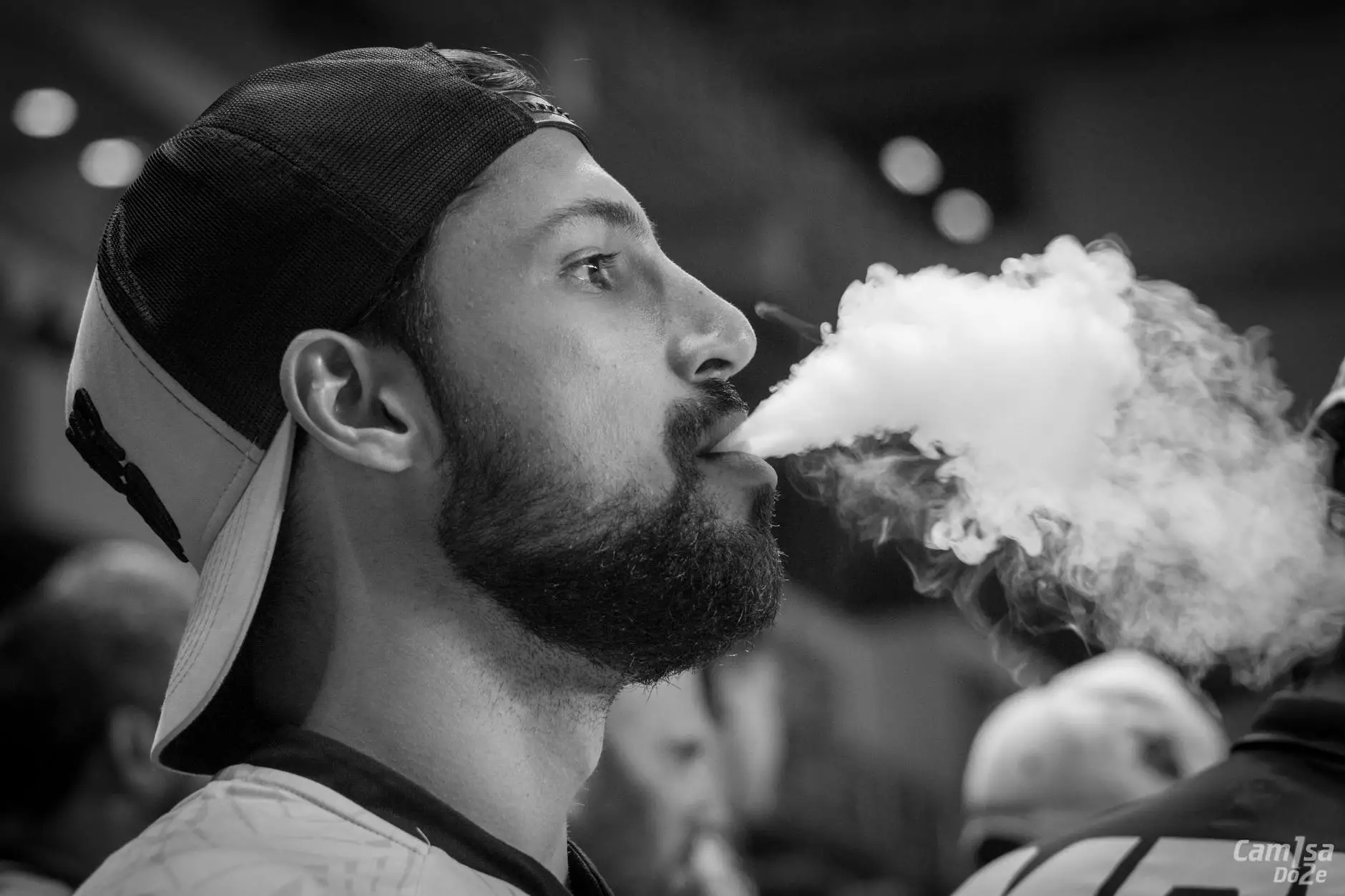Essential Foot Care for Runners: Optimize Your Performance

Foot care for runners is an incredibly important topic that often gets overlooked in training plans and running routines. The feet are the foundation of a runner's success, and proper care is essential for enhancing performance and preventing injuries. In this comprehensive article, we will explore various aspects of foot care tailored specifically for runners, providing insights and strategies to keep your feet healthy and strong.
The Importance of Foot Care for Runners
Runners subject their feet to significant stresses, whether it be from the impact of striking the ground or the friction generated as they move. Neglecting foot care can lead to a multitude of issues, including:
- Bunions: These bony bumps on the side of the foot can be painful and may require surgical intervention if severe.
- Blisters: Friction can cause painful blisters that hinder performance.
- Plantar Fasciitis: Inflammation of the plantar fascia can lead to severe heel pain.
- Stress Fractures: High-impact running can result in small fractures in the foot bones.
- Achilles Tendonitis: Overworked tendons can lead to chronic pain and mobility issues.
Common Foot Problems for Runners
Understanding the common foot problems faced by runners is the first step toward effective foot care for runners. Here are some prevalent issues:
1. Blisters
Blisters form when the skin rubs against a surface, leading to friction. For runners, this usually occurs on the toes and heels. To prevent blisters:
- Choose moisture-wicking socks to keep your feet dry.
- Ensure proper shoe fit to minimize movement inside the shoe.
- Apply blister prevention tape or lubricant to high-friction areas.
2. Plantar Fasciitis
This condition is characterized by inflammation of the plantar fascia, the thick band of tissue running across the bottom of the foot. Symptoms include pain near the heel and arch. To address plantar fasciitis:
- Incorporate stretching exercises focused on the calves and the plantar fascia.
- Invest in high-quality arch supports or orthotics.
- Use ice therapy to reduce inflammation after long runs.
3. Achilles Tendonitis
This is an overuse injury of the Achilles tendon that connects the calf muscles to the heel bone. Symptoms include pain and stiffness along the tendon. To prevent and treat Achilles tendonitis:
- Gradually increase your running mileage.
- Implement calf-strengthening exercises into your routine.
- Ice the tendon after running to decrease inflammation.
Footwear: The First Line of Defense
Proper footwear plays a crucial role in foot care for runners. Here are some considerations for selecting the right shoes:
1. Get Professionally Fitted
Visiting a specialty running store where experts can assess your foot type and gait is invaluable. This ensures you choose shoes that cater specifically to your needs.
2. Know Your Foot Type
Identifying whether you have flat, neutral, or high-arched feet is vital for selecting appropriate footwear. Each foot type requires a different level of support and cushioning.
3. Choose the Right Cushioning
Runners with a heavier stride may benefit from additional cushioning, while lighter runners may prefer a more minimalistic approach. Test different options to find what works best for you.
Regular Foot Check-ups
Just like any other part of your body, your feet deserve regular check-ups. Consider scheduling appointments with a podiatrist, especially if you notice any persistent pain or discomfort. Routine care helps in early detection of potential issues.
Daily Foot Care Routine
Incorporating a daily foot care routine can significantly reduce the risk of injuries. Here’s a suggested routine:
1. Clean and Moisturize
After each run, gently wash your feet to remove dirt and sweat. Make sure to dry thoroughly, especially between the toes. Apply a light moisturizer to keep the skin soft, which helps in preventing cracks and dryness.
2. Nail Care
Keep your nails trimmed straight across to prevent ingrown toenails. If nails are too long, they can press against the shoe, causing discomfort during runs.
3. Stretching Exercises
Prioritize stretching your feet and calves to improve flexibility and reduce the risk of injuries. Key stretches include:
- Toe stretches: Stretch and extend your toes to alleviate tension.
- Calf stretches: Lean against a wall, extending one leg back to stretch the calf muscle.
- Foot rolls: Use a tennis ball or foam roller to massage the arches of your feet.
Nutrition and Hydration for Optimal Foot Health
Maintaining a balanced diet and staying hydrated are equally important elements in foot care for runners. Proper nutrition aids muscle recovery and tissue repair. Consider incorporating the following:
1. Hydration
Foot health is significantly influenced by overall hydration. Dehydrated muscles and tendons are more prone to injury. Aim to drink sufficient water throughout the day, especially before and after runs.
2. Anti-Inflammatory Foods
Foods like berries, fatty fish, and nuts can help in reducing inflammation associated with running. A diet rich in antioxidants supports recovery and promotes overall health.
3. Essential Vitamins and Minerals
Nutrients such as Vitamin D, Calcium, and Magnesium are essential for bone health. Consider enhancing your diet with whole foods rich in these vitamins or consult with a nutritionist for supplementation advice.
Innovative Technologies for Foot Care
Technology is revolutionizing how we care for our feet as runners. Here are a few innovations making a difference:
1. Smart Insoles
These devices can track pressure distribution and suggest adjustments to your running style, helping to prevent injuries caused by improper mechanics.
2. Footwear with 3D Printing Technology
With advancements in 3D printing, shoes can now be customized for individual foot shapes and running styles, providing personalized support.
3. Recovery Tools
Devices such as massage guns and compression boots help in muscle recovery, ultimately contributing to better foot health by ameliorating overall muscle soreness.
Conclusion
In conclusion, foot care for runners is not merely an ancillary consideration but a fundamental component of every runner's training regimen. By investing time and resources into proper care, runners can enhance their performance, extend their running lifespan, and enjoy the sport they love without the burden of pain and injuries. Remember, your feet carry you through every mile – give them the care they deserve!
For more expert advice and tailored foot care solutions, visit The Foot Practice, where specialists are dedicated to helping you run pain-free.









